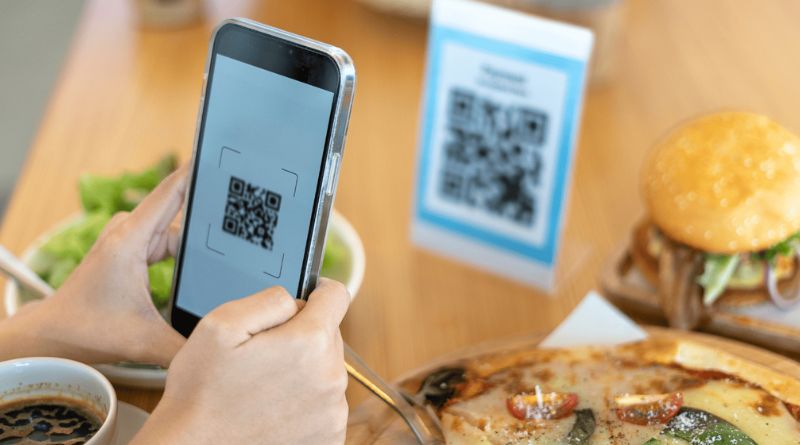As businesses transition toward a digital-first world, traditional offerings are undergoing significant transformations. One of the key tools driving this shift is the QR code. Originally designed for inventory tracking, QR codes have evolved to become a central part of the digital revolution, offering a seamless bridge between physical and digital experiences.
Table of Contents
The Digital-First World and Consumer Expectations
In a digital-first world, consumers expect more than just physical products and services—they seek convenience, personalization, and instant access to information. QR codes have emerged as an ideal solution to meet these expectations, offering a quick and easy way for customers to interact with brands. Whether scanning a code for product details, accessing a virtual menu, or redeeming a digital coupon, QR codes bring digital interactivity to traditional offerings.
With tools like Adobe Express QR code maker, businesses can effortlessly generate custom QR codes to enhance customer experiences.
Transforming the Customer Experience
QR codes enable businesses to elevate their traditional offerings by integrating digital content directly into their products or services. For example, in retail, QR codes allow customers to access additional product information, such as sourcing details, customer reviews, or how-to videos. Similarly, in the hospitality industry, restaurants can use QR codes for touchless menus, allowing patrons to view food options and place orders using their smartphones.
This transformation also extends to promotions and loyalty programs. QR codes make it easy for customers to redeem offers without the hassle of physical coupons or cards. With a simple scan, they can unlock discounts, enter contests, or join rewards programs—all through a digital interface.
QR Codes in Marketing and Engagement
In marketing, QR codes provide a dynamic way to engage with audiences. Print advertisements, product packaging, and even billboards can be enhanced with QR codes, allowing users to dive deeper into a brand’s digital ecosystem. A print ad for a new product, for instance, might include a QR code that directs consumers to an online video demonstration, encouraging them to make a purchase.
For businesses looking to personalize their customer interactions, QR codes can be linked to unique user experiences, offering targeted content based on location or purchase history. This level of customization can significantly improve customer engagement and satisfaction.
Best Practices for QR Code Integration
To maximize the benefits of QR codes, businesses should consider a few best practices. First, ensure the QR code leads to mobile-friendly content, as most consumers will access it via their smartphones. Second, provide clear instructions on how to scan the code, especially for users who may be unfamiliar with QR technology. Finally, test the QR codes regularly to ensure they are functional and that the content is up to date.
Using platforms like Adobe Express QR code maker, businesses can easily create and implement QR codes that align with their branding and marketing strategies.
Conclusion
In a world where digital experiences are becoming the norm, QR codes are playing a vital role in transforming traditional offerings. From enhancing customer interactions to streamlining marketing efforts, these codes provide businesses with a simple yet powerful way to integrate digital content into their existing services. As more companies adopt QR code technology, we can expect to see even greater innovations in how brands engage with their customers.
